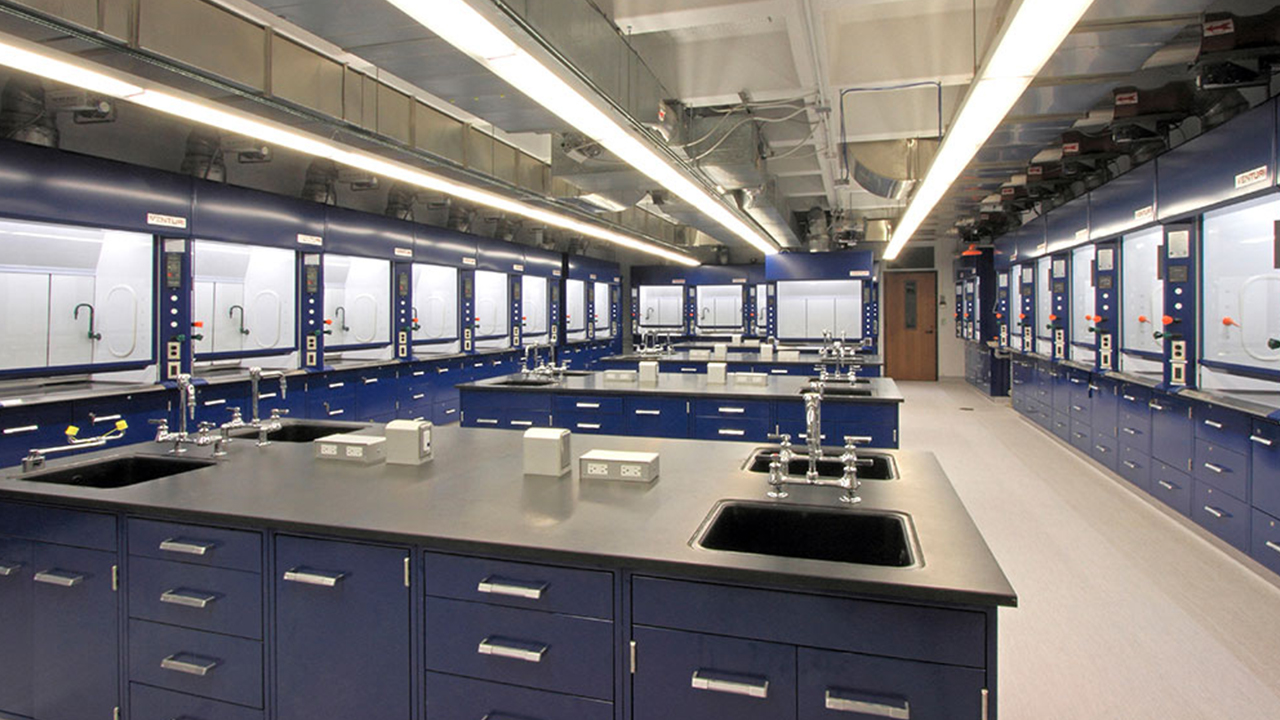Tips on working with Fume Hoods
Fume hood or fume cupboard is a self-contained environmental box. A box-like structure enclosing a source of potential air contamination, with one open or partially open side, into which air is moved to contain and exhausting air contaminants.
Fume hoods suck away all the contaminated air and protect researchers from breathing hazardous airborne chemicals. The front face of the fume hood (the sash) also offers protective shielding for the users from the experiments within the hood.
Fume hoods have tremendous capacity to evacuate gases and eliminates the dangerous chemical from the user’s breathing zone. Most fume hoods can bring in cold water, vacuum, nitrogen required to run the experiments. Tips that need to be remembered when you are working on fume hood.
- While working with the fume hood, you should not keep the sash too high as its capacity to evacuate the air reduces. Always close the sash when not working with the fume hood.
- Check the airflow meter if there is a sufficient airflow through. Make sure nothing is blocking the airflow through the baffles or through the baffle exhaust slots.
- Proper sash work height is 46 cm.
- Work at least 25 cm inside hood.
- Do not block air slot at the rear of hood.
- Too many objects in the hood may disrupt air flow.
- Minimize foot traffic around fume hood.
- Have proper safety glass and wear safety gloves.
- Always wear safety clothes such as lab coats.
- Follow safe practice rules and protocols for your facility. Check the safety certifications of the fume hood. Fume hood needs to be certified under ASRAE 110.
Comments are closed.











